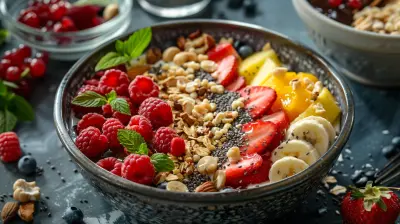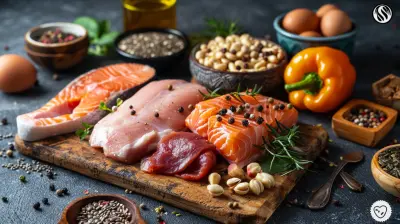Sustainable Eating: How to Choose Eco-Friendly Foods
9 October 2025
Let’s face it—our planet is kind of in trouble. Between climate change, deforestation, and overfishing, Earth is waving a pretty big red flag. But here’s the good news: we can help, one bite at a time. Yep, your grocery list has power. That’s where sustainable eating comes into play.
But what does that really mean? Is it all about turning vegan, or is there more to it? And how do you even start eating in a way that’s eco-friendly without going broke or losing your mind in a sea of confusing labels?
Buckle up, because we’re about to dive deep into the world of sustainable eating—and I promise, it’s not as hard or boring as it sounds. In fact, it might just be the most meaningful change you make this year.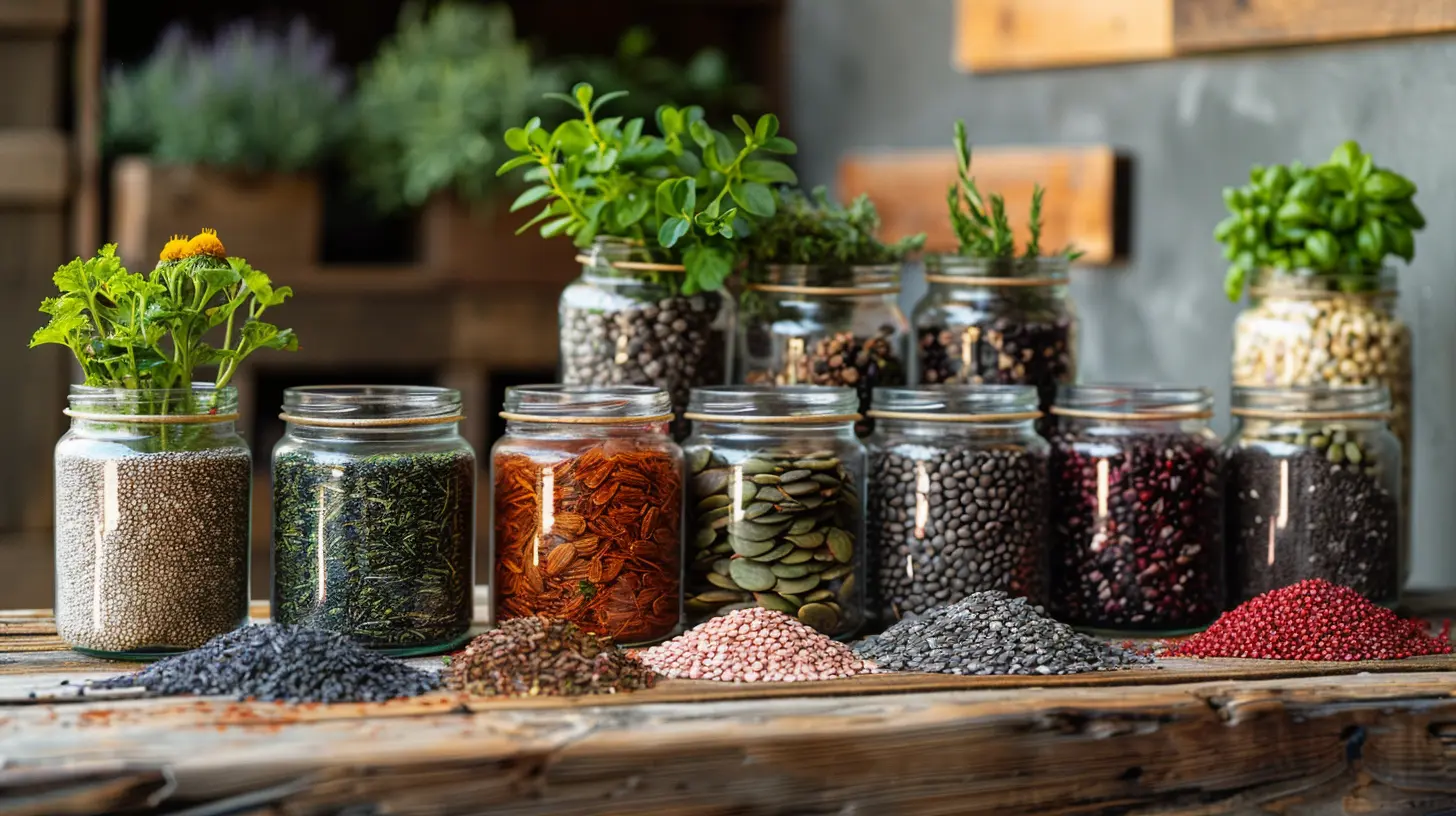
What Is Sustainable Eating, Anyway?
Think of sustainable eating as being kind to the planet... with your fork. It’s about choosing foods that support your health and the environment. We're talking about food production that doesn’t trash the earth, uses fewer resources, and treats animals and workers with respect.In simpler terms? It's eating in a way that today’s food choices don’t steal from tomorrow’s.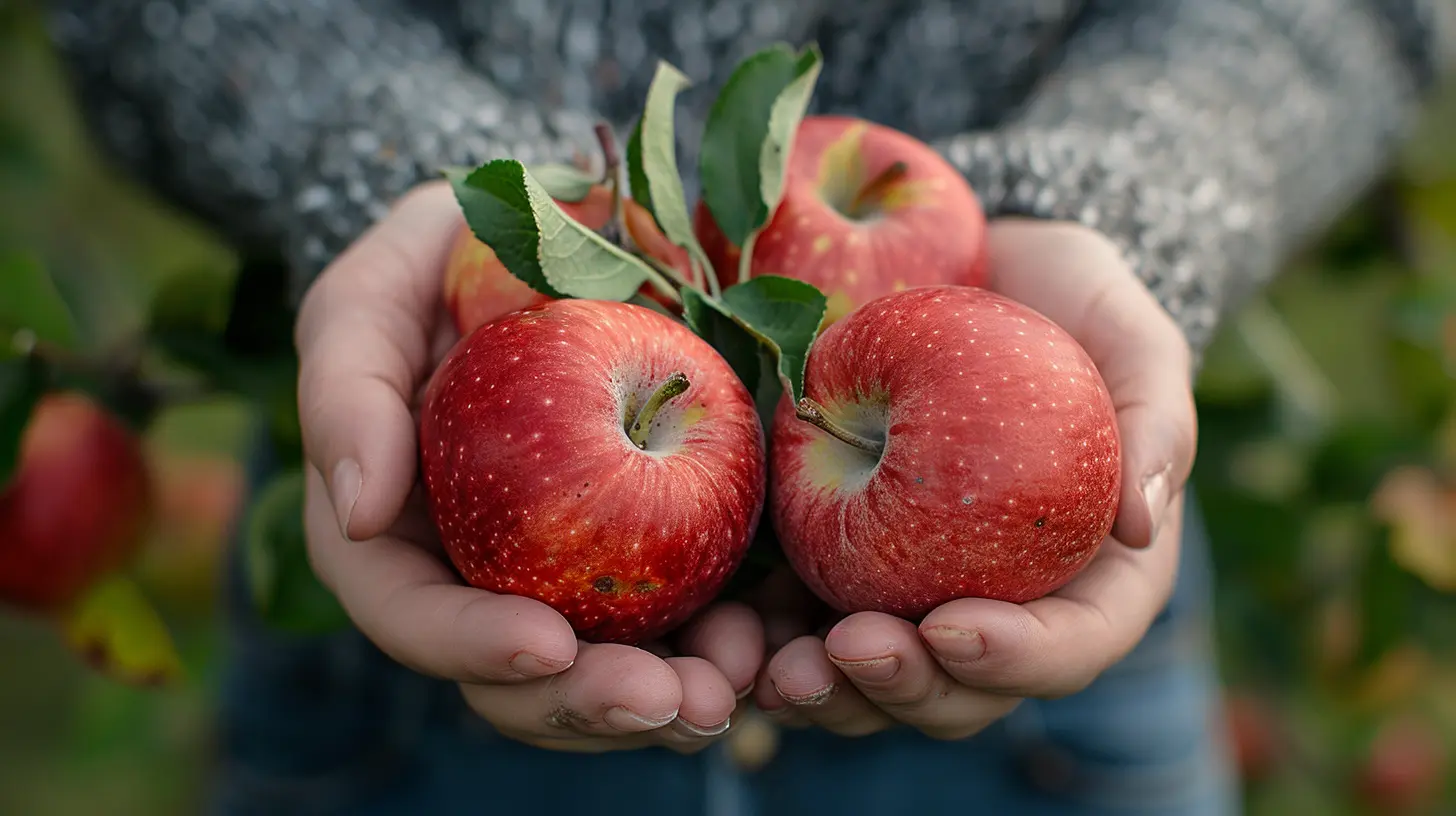
Why Should You Care?
Great question. Why should you care?Well, for starters:
- Food production is one of the biggest contributors to greenhouse gas emissions.
- Agriculture is responsible for 70% of freshwater use globally.
- Deforestation? Often to clear land for livestock or large-scale farming.
- Overfishing is literally wiping out marine species.
By tweaking what’s on our plates, we can reduce our personal impact and contribute to a healthier planet.
It’s not about being perfect. It’s about doing better.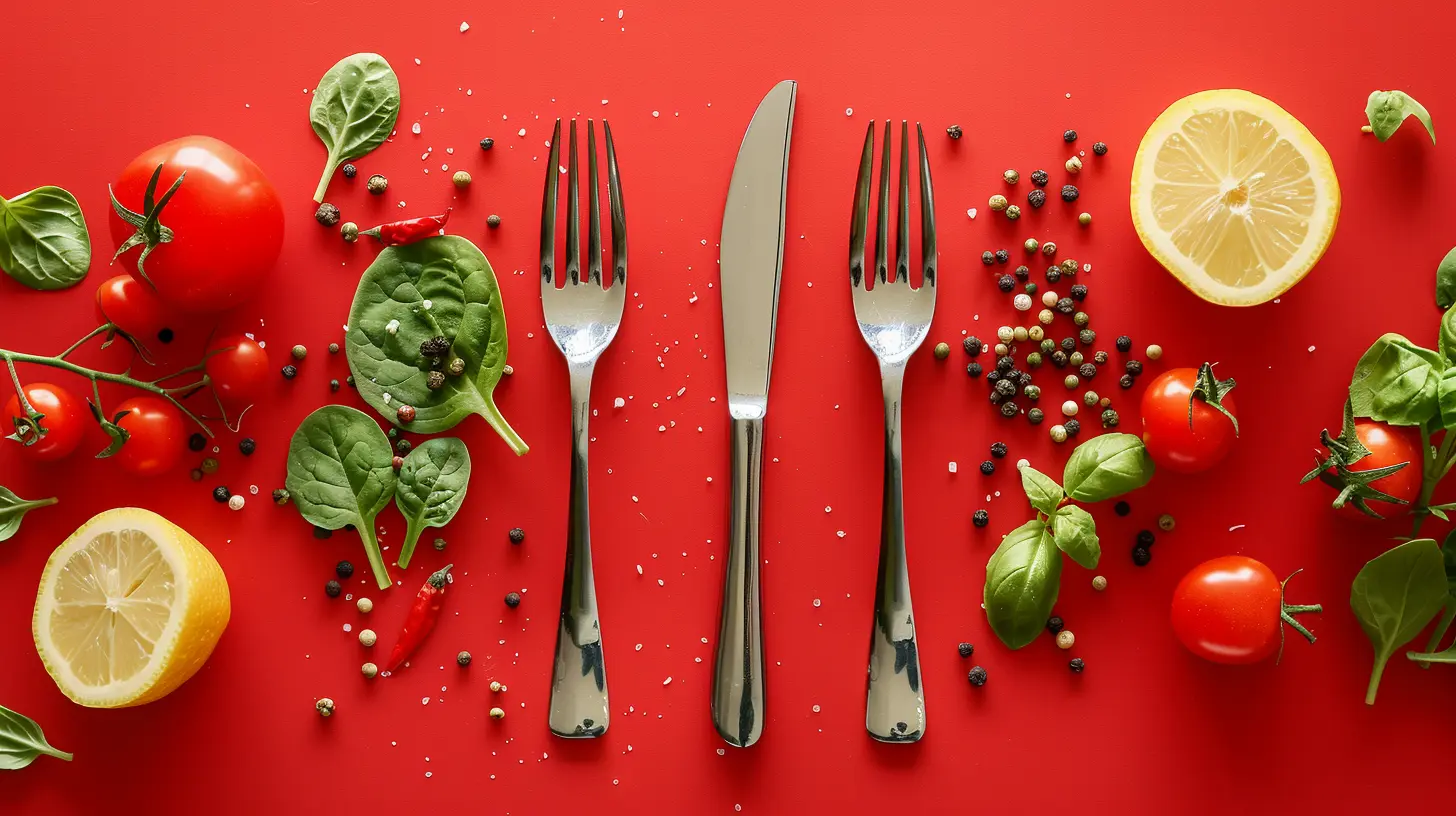
The Pillars of Sustainable Eating
Let’s break it down. To eat sustainably, you don’t need to follow a rigid diet, but there are some core principles you can follow:1. Choose More Plant-Based Foods
You don't have to go full vegan—but adding more plants to your plate packs a punch. Why? Because plant-based foods generally:- Use less water
- Emit fewer greenhouse gases
- Require less land and energy to produce
Think grains, legumes, nuts, seeds, fruits, and veggies. They’re like the superheroes of sustainable eating.
Not ready to dump meat entirely? That’s okay. Simply cutting back—even having one or two meatless days per week—can have a huge impact. Ever heard of “Meatless Mondays?” That’s a great place to start!
2. Eat Locally and Seasonally
Imagine biting into a strawberry in the dead of winter only to realize it traveled 5,000 miles to reach your plate. That’s a lot of fossil fuel for one tiny berry.Eating locally means your food didn’t rack up frequent flier miles before hitting your plate. It also supports local farmers and boosts your community’s economy.
And seasonal eating? It’s not only eco-friendly—it tastes better too. Ever had a summer tomato that actually tastes like a tomato? That’s the magic of in-season eating.
Here’s a tip: visit your nearby farmers' market. You’ll find fresh, local, seasonal foods and maybe even make a new friend or two.
3. Choose Organic When Possible
We get it—organic isn’t always the cheapest option. But when you can, go for it, especially with produce known to have high pesticide levels (we’re looking at you, strawberries).Organic farming reduces chemical runoff, supports biodiversity, and uses fewer synthetic fertilizers. It’s a win-win for you and Mother Earth.
Can’t go all-in on organic? Focus on the “Dirty Dozen” (a list of produce with the highest pesticide residues) and go conventional on the “Clean Fifteen.”
4. Cut Down on Food Waste
This is a biggie. About one-third of all food produced globally is wasted. Yup, one-third. That’s like throwing away $1 out of every $3 you spend on groceries. Imagine doing that in actual cash!Reducing food waste doesn’t require a miracle. Try:
- Planning your meals
- Using leftovers creatively
- Storing food properly so it lasts longer
- Freezing things before they go bad
Pro tip: bananas going brown? Toss them in the freezer for smoothies or banana bread later. Easy win.
5. Support Sustainable Seafood
Fish is a crazy efficient protein source, but not all seafood is created equal. Overfishing and destructive fishing practices are wreaking havoc on our oceans.Look for certifications like MSC (Marine Stewardship Council) or talk to your fishmonger about sustainably sourced options.
Another idea? Try lesser-known fish species. They’re often more sustainable (and cheaper!) than popular ones like salmon or tuna.
Sustainable Labels: Decoding the Confusion
Food packaging today is like a puzzle of labels. “Organic,” “grass-fed,” “free-range,” “non-GMO,” “natural”… it’s enough to make your head spin.Here’s a quick cheat sheet:
- USDA Organic: No synthetic fertilizers or pesticides, and animals are raised with organic feed and access to the outdoors.
- Fair Trade: Ensures ethical labor practices and better pay for farmers.
- Certified Humane: Better treatment of animals.
- Rainforest Alliance: Supports biodiversity and sustainable farming.
- Non-GMO Project Verified: Product doesn't contain genetically modified organisms.
Remember, labels aren’t everything, but they can be helpful when you’re in a pinch—especially if you’re buying something packaged.
Shopping Tips: How to Make Smarter Choices
Sustainable eating begins at the store—or your favorite online grocery site. Here’s how to shop smarter:- Read the ingredients. Fewer and simpler is usually better.
- Buy whole foods. Think potatoes instead of chips; apples instead of juice.
- Choose bulk when possible. Less packaging = less waste.
- Bring your own bags. It’s an oldie but goodie. Reusable bags really do make a difference.
- Eat less processed food. Not only are these often worse for your body, but the manufacturing process tends to leave a big environmental footprint.
Eating Out? Here’s How to Stay on Track
Restaurants can be tricky. But sustainable eating doesn’t have to go out the window when you’re dining out.Here are some simple ways to stay aligned:
- Ask where the ingredients come from.
- Choose restaurants that support local farms or offer plant-based dishes.
- Opt for smaller portions or share dishes to avoid waste.
- Bring leftovers home (and eat them!).
And if you find a great spot that’s committed to sustainability? Support them often and spread the word!
The Hidden Impact of Beverages
Let’s not forget what you drink. That morning latte? It’s got a footprint too.Here’s how to sip more sustainably:
- Brew coffee at home using fair trade or organic beans.
- Ditch plastic water bottles—grab a reusable one.
- Choose local wines or sustainably-certified spirits.
- Cut down on sugary sodas and over-packaged drinks.
Bonus: healthier drinks often align with sustainable choices. Double win!
Personal Benefits of Sustainable Eating
It’s not just about the planet—you benefit too.Some perks include:
- Better health: More whole foods, fewer chemicals.
- Savings: Less waste, smarter shopping, and fewer packaged foods often mean more money in your pocket.
- Connection: You become more aware of what you're eating and where it comes from.
- Peace of mind: You’re doing your part. And that feels good.
But… Is It Affordable?
Ah, the million-dollar question.Yes, sustainable foods can seem more expensive. But not always! Eating less meat, buying bulk, avoiding waste, and going seasonal can save you money.
And let’s not ignore the long-term savings: less illness, fewer doctor visits, and potentially a longer life. That’s worth way more than a few dollars at the checkout line.
Final Thoughts: Start Small, Stay Consistent
Sustainable eating isn’t about being perfect or flipping your life upside-down overnight. It’s about small, steady changes that add up over time.Start with one thing—maybe swap one meat meal a week for a plant-based option, or hit up the farmers market this weekend.
Every bite you take is a vote for the kind of world you want to live in. So, the next time you’re grocery shopping or planning dinner, ask yourself: is this good for me and the planet?
You might be surprised at how often you can say “yes.
all images in this post were generated using AI tools
Category:
Healthy EatingAuthor:

Eileen Wood
Discussion
rate this article
1 comments
Ranger Gilbert
Great insights! Every small choice makes a difference for our planet’s health.
October 18, 2025 at 5:00 AM

Eileen Wood
Thank you! Every choice truly counts in promoting a healthier planet.
